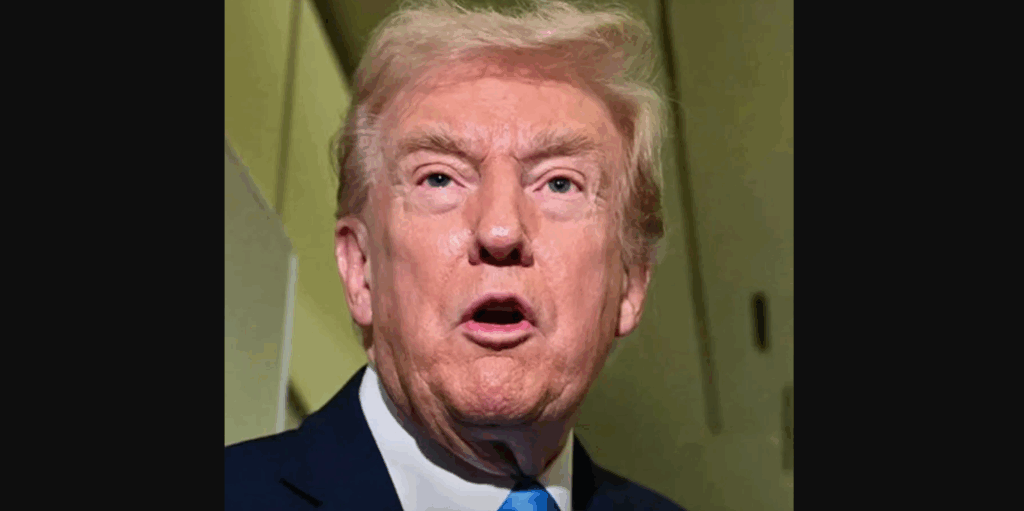The details surrounding President Donald Trump’s latest medical evaluation at Walter Reed National Military Medical Center have come to light, providing clarity on his ongoing health monitoring.
Since observers noted a noticeable bruise on his hand earlier this year, which his team appeared to cover with a substantial amount of makeup, discussions about the president’s well-being have remained a topic in public conversations.
In addition to previous findings, the 79-year-old president received a diagnosis of chronic venous insufficiency (CVI), a condition where the veins in the legs sustain damage and fail to operate as they should.
Earlier this month, White House press secretary Karoline Leavitt shared that Trump planned to visit the Walter Reed National Military Medical Center for his annual physical examination.
Leavitt explained: “President Trump will stop by for his routine yearly check up. He will then return to the White House. President Trump is considering going to the Middle East shortly thereafter.”
That said, reports from CNN indicate that Trump made a trip to Walter Reed back in April for an event the White House described as his “annual physical examination.”
Understanding MRI Scans
Trump has shared that he underwent an MRI scan during the assessments conducted at the facility on October 10. As described by the Cleveland Clinic, an MRI scan serves as a diagnostic procedure that produces detailed images of the body’s internal structures through the use of a powerful magnet, radio waves, and advanced computing technology.
While addressing reporters aboard Air Force One on Monday (October 27), the President of the United States remarked: “I gave you the full results. We had an MRI, and the machine, you know, the whole thing, and it was perfect.”
Trump chose not to specify the purpose behind the scan, yet he told the gathered press: “Nobody has ever given you reports like I gave you. And if I didn’t think it was going to be good, either, I would let you know negatively, I wouldn’t run, I’d do something.”
The president conveyed a sense of reassurance about his overall health, wrapping up his comments with: “The doctor said some of the best reports for the age, some of the best reports they’ve ever seen.”
Insights from Vice President JD Vance on Leadership and Vitality
Amid earlier unsubstantiated reports suggesting Trump had passed away this year, public interest in his health climbed to remarkable levels. Various factors fueled this attention, including statements from Vice President JD Vance.
In discussions about scenarios involving significant challenges, Vance indicated that he stood prepared to step into the role of president if circumstances required it.
“I’ve had a lot of on-the-job training in the last 200 days, but the president is in incredibly good health. He’s got incredible energy,” he shared with USA Today in August.
“While most of the people who work around the president of the United States are younger than he is, I think that we find that he’s actually the last person to go to sleep, he’s the last person making phone calls at night, and he’s the first person who wakes up and is the first person making phone calls in the morning.”
These developments highlight the continued focus on the president’s robust approach to his responsibilities, with medical professionals affirming his strong cardiovascular profile—equivalent to that of someone 14 years his junior—following the comprehensive review.






